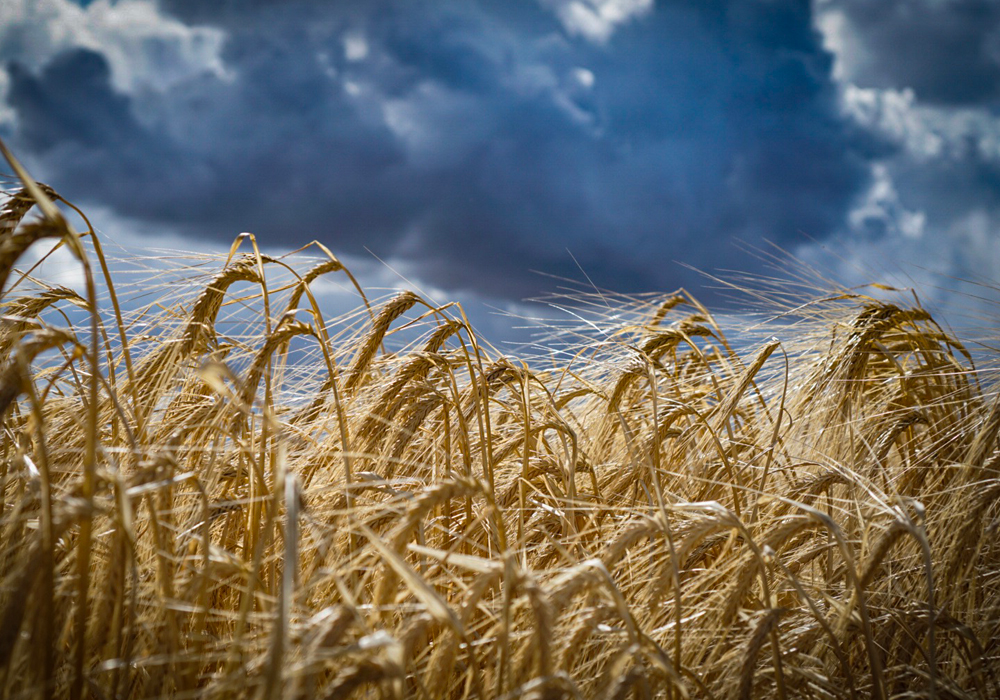High commodity prices and increased yield coverage have pushed Saskatchewan crop insurance coverage to record levels for 2021, but premiums are higher, too.
Coverage will be $273 per acre, up from $224 last year, while premiums will average $8.59 per acre, up from $7.40.
Deputy premier and finance minister Donna Harpauer announced the program details on behalf of the provincial and federal governments.
She said program improvements this year are a result of listening to farmers to meet their needs.
“Changes to the crop insurance program announced today will continue to build on previous program enhancements,” she said.
Read Also

Canadian Food Inspection Agency extends chronic wasting disease control program consultation deadline
Date extended for consultation period of changes to CWD program
Establishment benefits for several crops have gone up. The canola benefit is now $70 per acre, large green lentils $50 per acre, red lentils $30 per acre, large kabuli chickpeas $65 per acre, small seeded kabulis $45 per acre and corn $95 per acre.
This year’s program also includes changes for hay and forage producers.
Farmers who grow tame hay can insure their crop under the Forage Rainfall Insurance Program or multi-peril crop insurance. The coverage can be customized for each operation, and payments made under FRIP will be based on rainfall levels instead of overall yield, as in the multi-peril program.
Acting president and chief executive officer Jeff Morrow said a producer advisory group asked for more flexibility.
“Sometimes acres that are intended for tame hay don’t get baled,” he said. “Sometimes they have to be switched to grazing acres.”
Under the multi-peril program the crop has to be adjusted, but under FRIP producers could do what they want with the acres because the claim is based on weather station data.
Other forage changes include increases to the establishment benefits for native forage to $200 per acre, up from $75, while tame hay rises to $90 per acre and the sweet clover benefit is $65 per acre.
Saskatchewan Cattlemen’s Association chair Arnold Balicki said cattle producers should take a look at the program improvements as a way to help manage their risk.
A pilot program for commercial vegetable production will provide stand-alone coverage for cabbage and pumpkin crops. Producers must have at least eight acres to participate. Saskatchewan Crop Insurance says the impact of crop failure on commercial operations can be significant because even such small acreages have extremely high value.
Morrow said SCIC worked with growers to establish the pilot. He said fewer than a dozen would meet the eight-acre requirement.
Saskatchewan Association of Rural Municipalities president Ray Orb welcomed the changes, including the vegetable pilot program, saying it could help create a more diversified agricultural economy in the province.
Other crop insurance changes for this year include an update to the base grade for large-seeded kabuli chickpeas to reflect current production and marketing patterns. This increases the insured price and quality coverage.
Saskatchewan Pulse Growers board chair Shaun Dyrland said this better reflects the sizes grown by producers.
“This change should increase coverage levels for most of the 300 chickpea producers in the province,” he said.
Harpauer said overall coverage has increased 47 percent in the last 10 years, while the average premium per dollar of coverage has dropped 42 percent. This includes a 20 percent reduction in place for the last six years directly as a result of SCIC’s strong financial position.
There were 18,153 producers participating in crop insurance last year. SCIC insured 30.8 million acres in 2020-21, and 75 percent of seeded grain acres.
The deadline to enrol or make changes to insurance coverage is March 31.
















